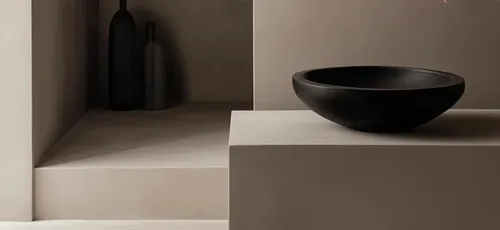
Introduction
When someone lands on your website for the first time, they are not just looking at images and words. They are feelingsomething. Within seconds, often before they’ve read a single line, they form an impression: “Do I trust this?”
That first impression is everything. It’s the moment where visitors decide whether to explore further or quietly close the tab. And the truth is — the way your website looks, feels, and behaves can make or break that decision.
The Silent Language of Design
Design is not just about colors and layouts; it’s about psychology. The spacing between elements, the consistency of typography, and the rhythm of how sections flow all speak a silent language. Visitors don’t consciously think about these details, but they feel them.
A clean, balanced design tells them: “This business is professional. They care about quality.”
A messy, outdated design whispers the opposite: “Maybe this isn’t trustworthy.”
That silent language often determines whether they take the next step — clicking a button, filling a form, or making a purchase.
Experience Shapes Emotion
A website is more than a showcase of what you do; it’s an experience. When navigation feels smooth, when pages load quickly, when everything works as expected, visitors feel comfortable. And comfort builds trust.
But if they encounter confusion, broken layouts, or waiting times, the experience turns into frustration. Frustration doesn’t just mean they leave; it often means they leave with a negative feeling toward the brand itself. People don’t separate the website from the business. To them, the website is the business.

Guiding Without Pushing
The most effective websites don’t shout at users — they guide them. Subtle calls-to-action, a clear path forward, and a story that unfolds naturally create a sense of direction.
Visitors like to feel in control, but they also want to be led. A website that gently nudges them toward the right action — without overwhelming them — feels like a trusted guide. And trust is what turns passive visitors into active clients.
Conclusion
In the end, your website isn’t just a digital brochure. It’s the stage where trust is won or lost. Every color, every interaction, every delay or smooth transition plays a role in shaping how people feel about you.
When a website feels intuitive, modern, and credible, visitors don’t just notice it — they trust it. And when they trust it, they trust you.
Because online, trust is the currency that turns curiosity into action.




